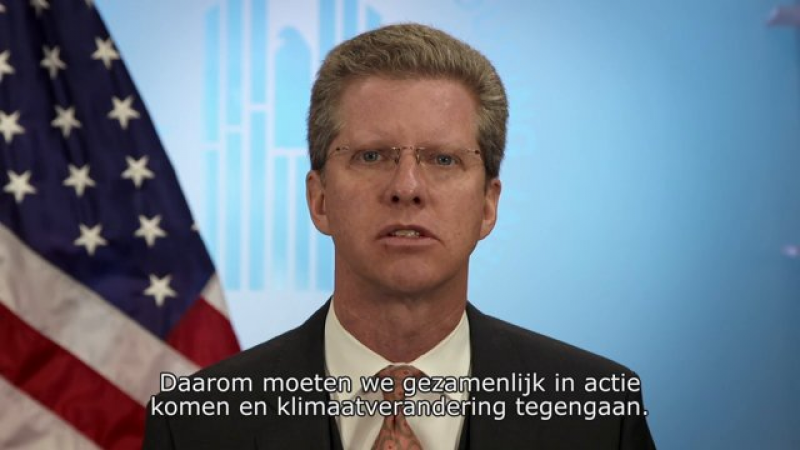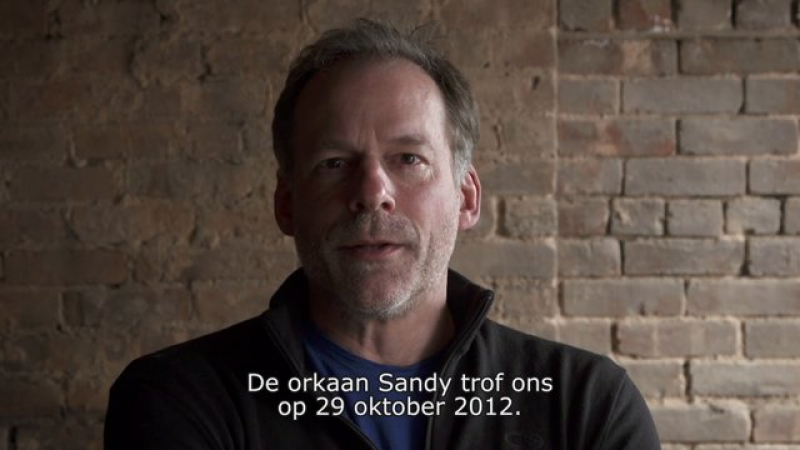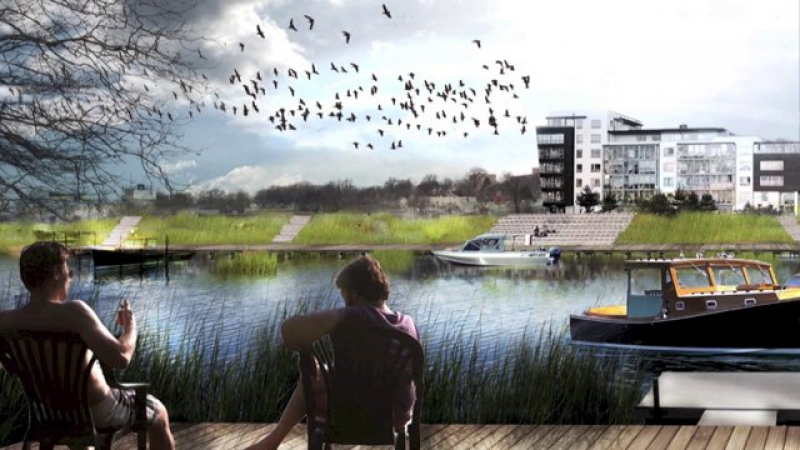
In Urban Landscape and Climate Change the results of the competition Rebuild by Design that responds to Hurricane Sandy, will take prominent place.
Superstorm Sandy
On October 29 2012, after a ravaging ride that started in the Caribbean and would eventually cause the death of at least 286 people in seven different countries, Superstorm Sandy slammed into New Jersey and New York with unprecedented force. The chaos that followed was just as unprecedented. The world’s most important metro region remained completely dysfunctional for days. 8.5 million people were without electricity, 650,000 houses and over 100,000 companies were damaged or destroyed. Estimates as of June 2013 assess the damage at over 68 billion US dollars.

© Billy Lyons
Hurricane Sandy was unlike any storm before it. While everyone affected by it continues to push forward with the recovery process, Sandy has made it clear that it is not possible to simply rebuild what existed before. A different approach is a necessity this time around, to make sure the region is resilient enough to rebound from future storms.
On 7 December 2012, President Obama signed an executive order creating the Hurricane Sandy Rebuilding Task Force. Secretary of Housing and Urban Development Shaun Donovan was appointed chair of the task force. One of its initiatives was Rebuild by Design. The competition aims at addressing the structural and environmental vulnerabilities that Hurricane Sandy exposed in communities throughout the region and developing fundable solutions that will better protect residents from future climate events.

© BIG Team
"How to think like the Dutch?"
Henk Ovink, who was, among other things, one of the curators of the 5th IABR: Making City, leads the competition. Its approach is new for the United States, and the fact that many Dutch design offices, engineering companies and universities are involved shows how much it is inspired by how the Dutch manage the water. Which led the New York Times to ask "how to think like the Dutch in a Post-Sandy world?"






